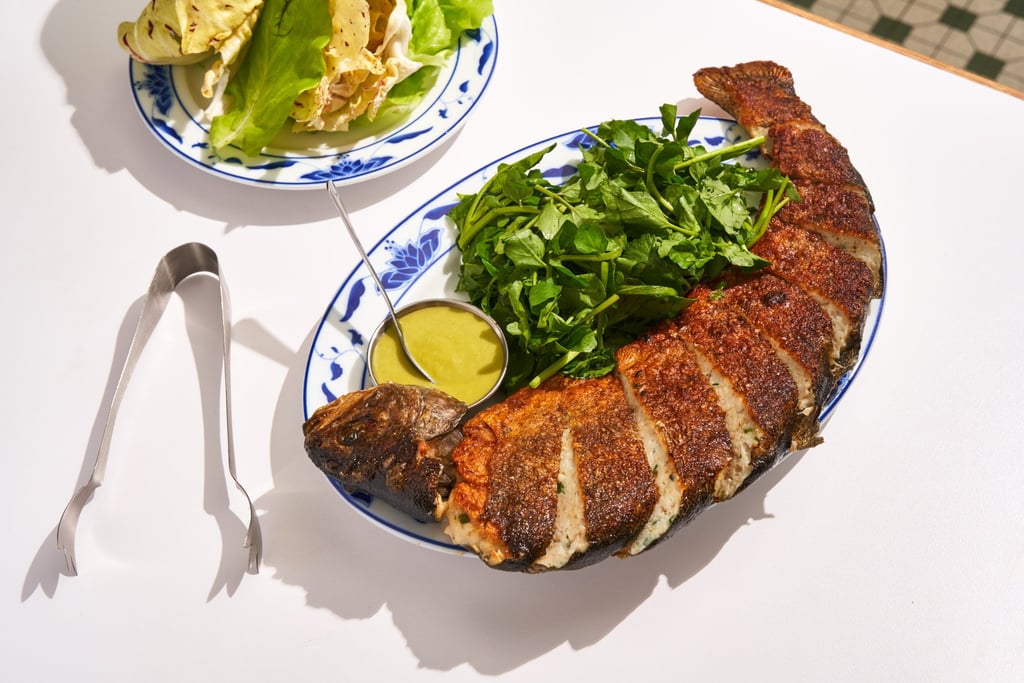How MSG got its stigma and those redeeming the ingredient to combat Asian hate
MSG has been demonised for decades. Now some in the food industry are repairing the flavouring’s reputation as part of a wider battle

It is a label you have seen on menus, packaged foods, cans of soup, dipping sauces and in restaurant windows all around the world: “No MSG”.
For decades, not using the flavour enhancer MSG, or monosodium glutamate, in a dish or product was considered a positive, as the ingredient was widely deemed unhealthy.
It all began in 1968, when the New England Journal of Medicine (NEJM) published a letter detailing symptoms of what was called “Chinese restaurant syndrome”.

In that letter, a doctor named Robert Ho Man Kwok cited numbness, weakness and palpitations as symptoms he suffered after eating foods containing MSG.
Since then, the ingredient has been vilified and Chinese restaurants and food conglomerates have openly distanced themselves from MSG to appeal to customers.